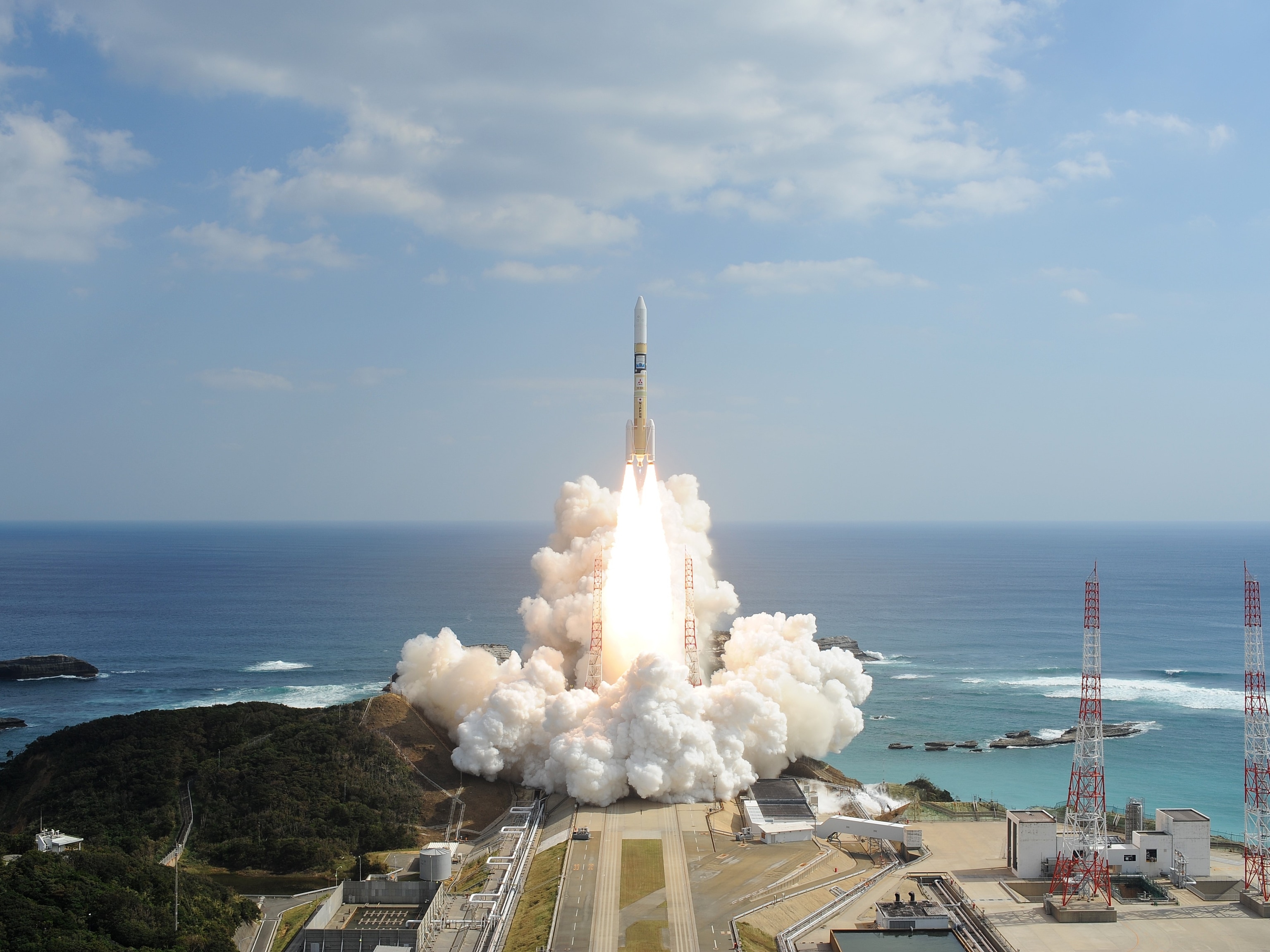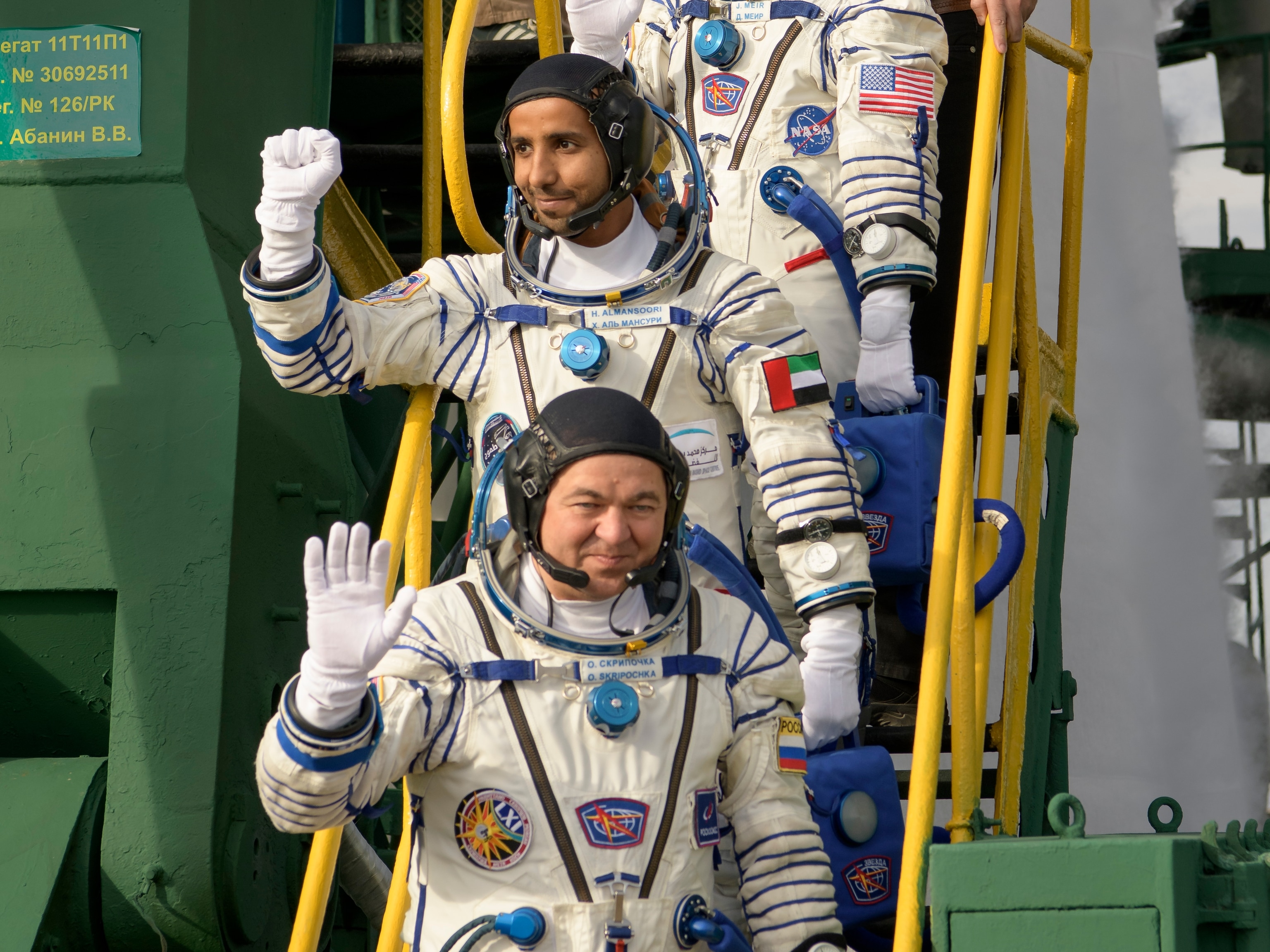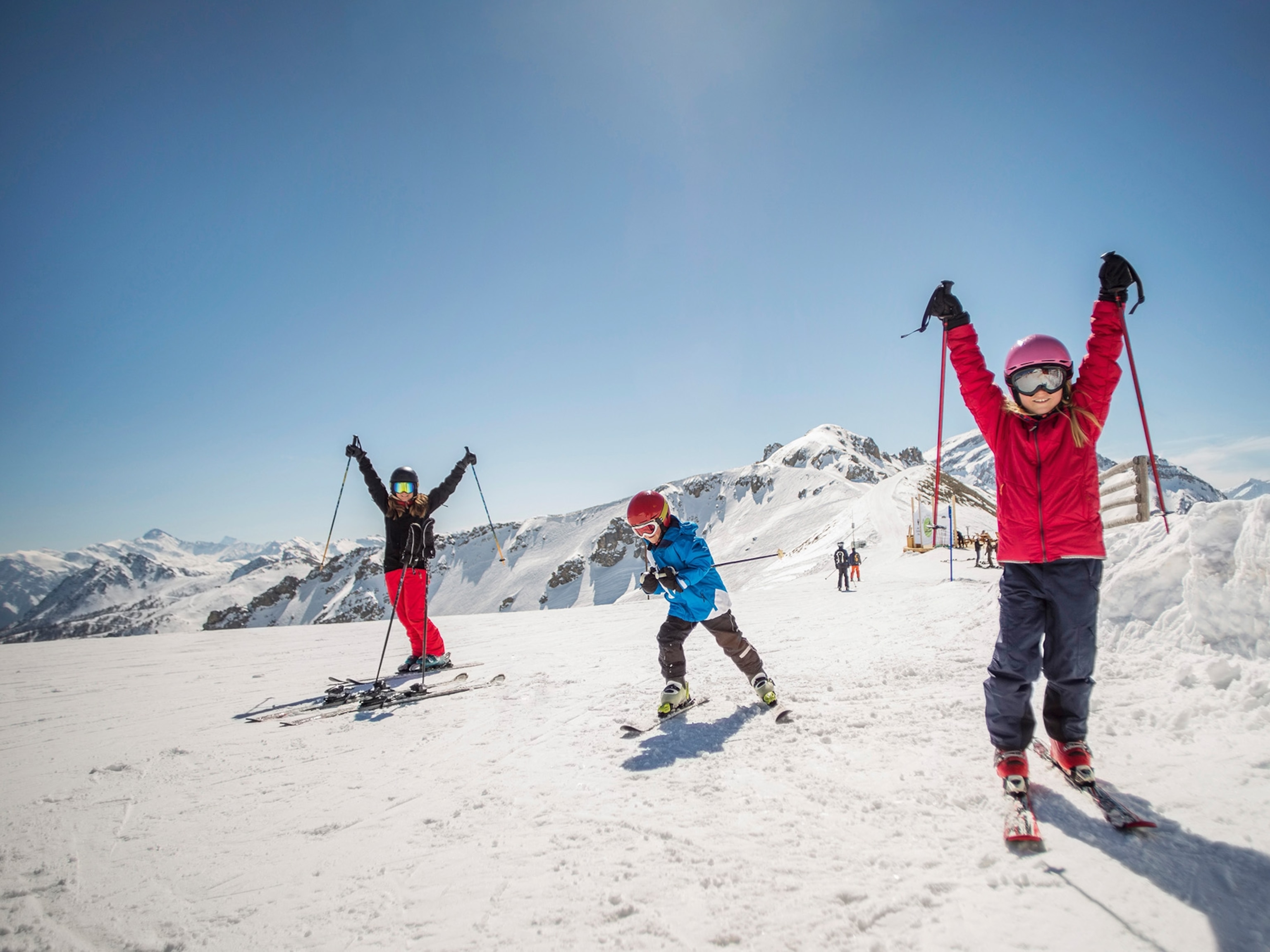“We are there to do science. But there is something magical about space.”
That is how the first Emirati astronaut Hazzaa AlMansoori summed up his eight-day mission aboard the International Space Station.
The 36-year-old former UAE Air Force fighter pilot told of his first night trying to sleep on board the ISS in his tiny crew quarters, which featured a window looking down on Earth 250 miles away.
It had been a long day, to put it mildly. Blasting off from the Baikonur launchpad in Kazakhstan, followed by a long chase on the ISS in the Soyuz crew capsule with two other astronauts, then docking, then a full day’s activities and finally, dinner with his new crewmates.
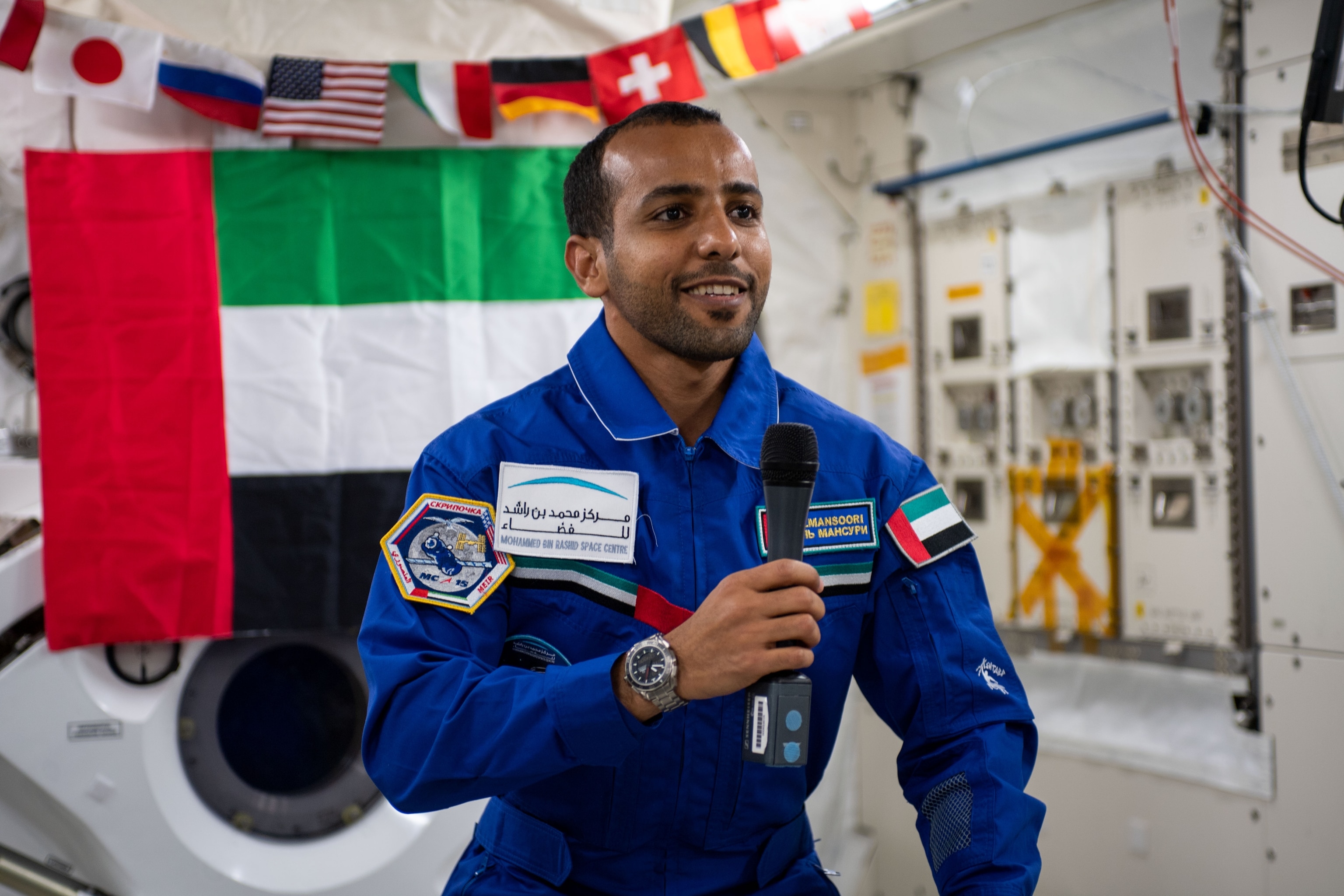
Now it was time to snuggle down in his quarters, and catch some much-needed sleep before his full program of activities and science on the morrow.
“I couldn’t sleep, even though I was really tired. Exhausted really. I thought to myself that I had achieved my dream. I am here now, floating.”
“Where I slept on the station the side of the module has a window, so I could see the Earth. I had a good view. I was watching the sunrise line and the colors - the fine line that was appearing on the horizon. It was dark with the edge just before the sunrise then the ground lit up. No camera can capture the beauty of what you can see with your eyes.”
“Somehow I fell asleep without realizing. My muscles and body were so relaxed.”
And the father of four’s dreams that first night were not of his new home – but of the Earth he had left behind.
“I dreamed I was back home and with my kids.”
For the next week as AlMansoori lived and worked aboard the ISS, he grew closer to the crew, who all share one passion – exploring space.
“We supported each other every day we helped each other, ate together, laughed together. It was really fun to work with them and to live with them in space.”
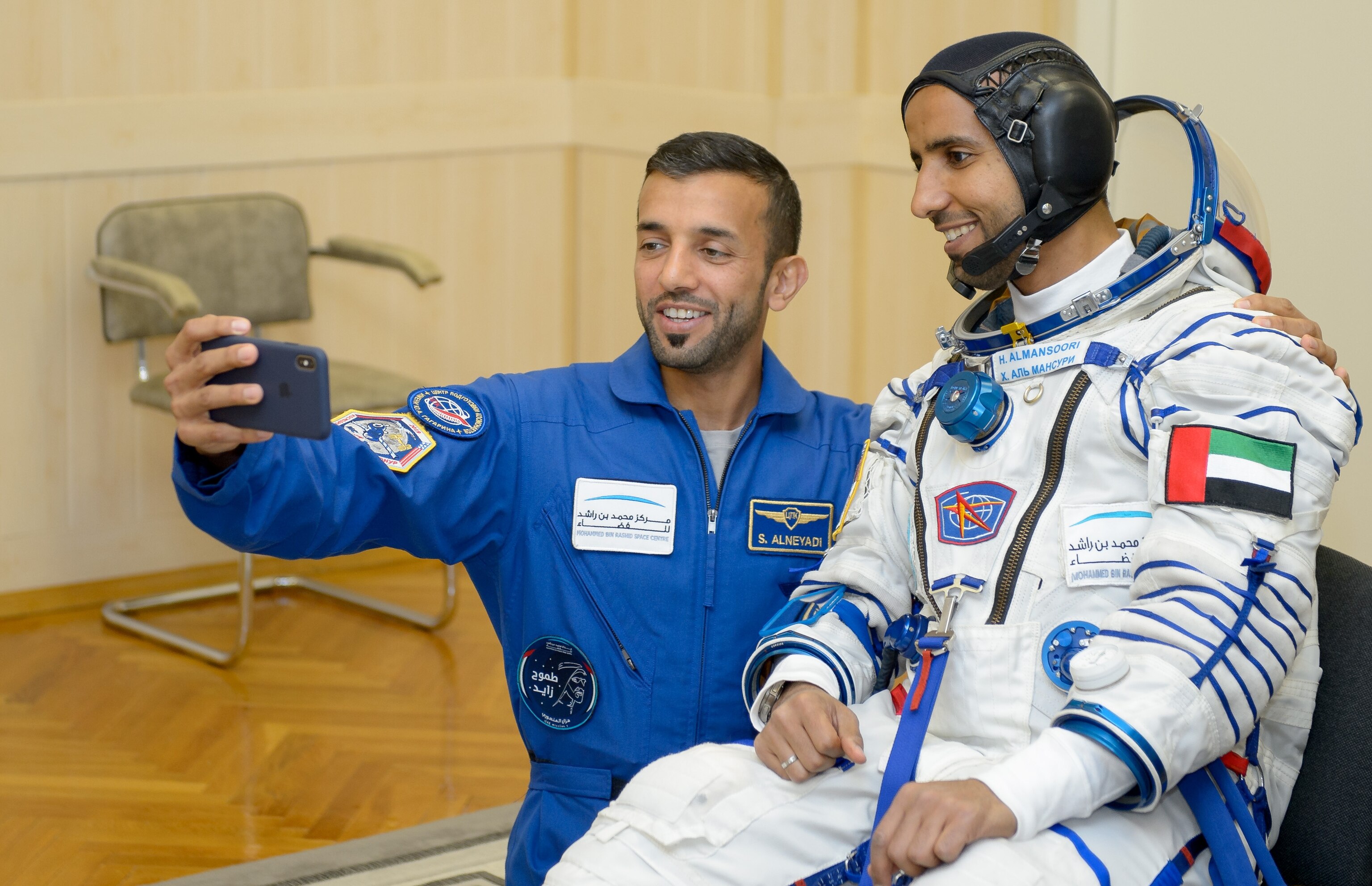
Getting down to work, he says a typical day on board the ISS, begins with personal hygiene before a 7am briefing.
“Every astronaut had a soft copy of their schedule he or she should follow on their laptops. There’s a timeline for what each astronaut has to do, including participating in experiments with different agencies.”
“It's a laboratory floating at 400km above Earth and an opportunity for scientists to apply their thoughts and ideas in that place.”
AlMansoori says he was involved in 16 experiments on the station.
One particularly interesting experiment involved fluid dynamics.
“Firstly, I had to assemble everything for the scientists on ground. It's really important to compare how fluids act in space compared to how they do it on ground, so I then conducted an identical experiment on the station - so the scientists back on Earth can compare them. Of course, the result is different in microgravity - they have to see the difference.”
Asked about the challenges and rewards of working in space, AlMansoori spoke about the rigors of training in Russia with fellow UAE astronaut Sultan AlNeyadi and their survival training.
“The reward is you are following your passion and your dreams. You are on the tip of the rocket going into space and making your dreams come true,” he says.
The broader rewards of Mohammed Bin Rashid Space Centre’s human spaceflight program are to inspire future generations to aim for the stars, he says.
“The rewards are inspiring our nation and our kids. We are developing a sustainable program and sparking interest in space,” he says.
“Space is magical. In a way it is all about science and exploration but it has its own magic. After our mission we saw a lot of things change in the UAE and our region. It’s important to keep going in this direction.”
The young nation’s leadership pinned their hopes on AlMansoori and AlNeyadi and the duo - who have become close friends in the course of their missions - did not let them down.
AlMansoori and AlNeyadi are now the nucleus of the UAE human space flight program, with a new intake of Emirati astronauts already announced.
And they are both looking forward to taking the trainee astronauts under their wings.
“The amount of information and expertise we gained from our mission gave us an insight into the difficulties they will face,” says AlNeyadi. “It’s important to pass that knowledge on.”
AlNeyadi says watching his fellow Emirati astronaut strap himself into the capsule of the Soyuz rocket was the part of an “emotional rollercoaster”.
“I worked with him as a brother. I was giving him all the support I could and I was worried not for me, but for him and for the overall mission and raising the UAE flag on the space station,” says AlNeyadi.
“The highlight was definitely the launch day when I saw Hazzaa launching towards space.”
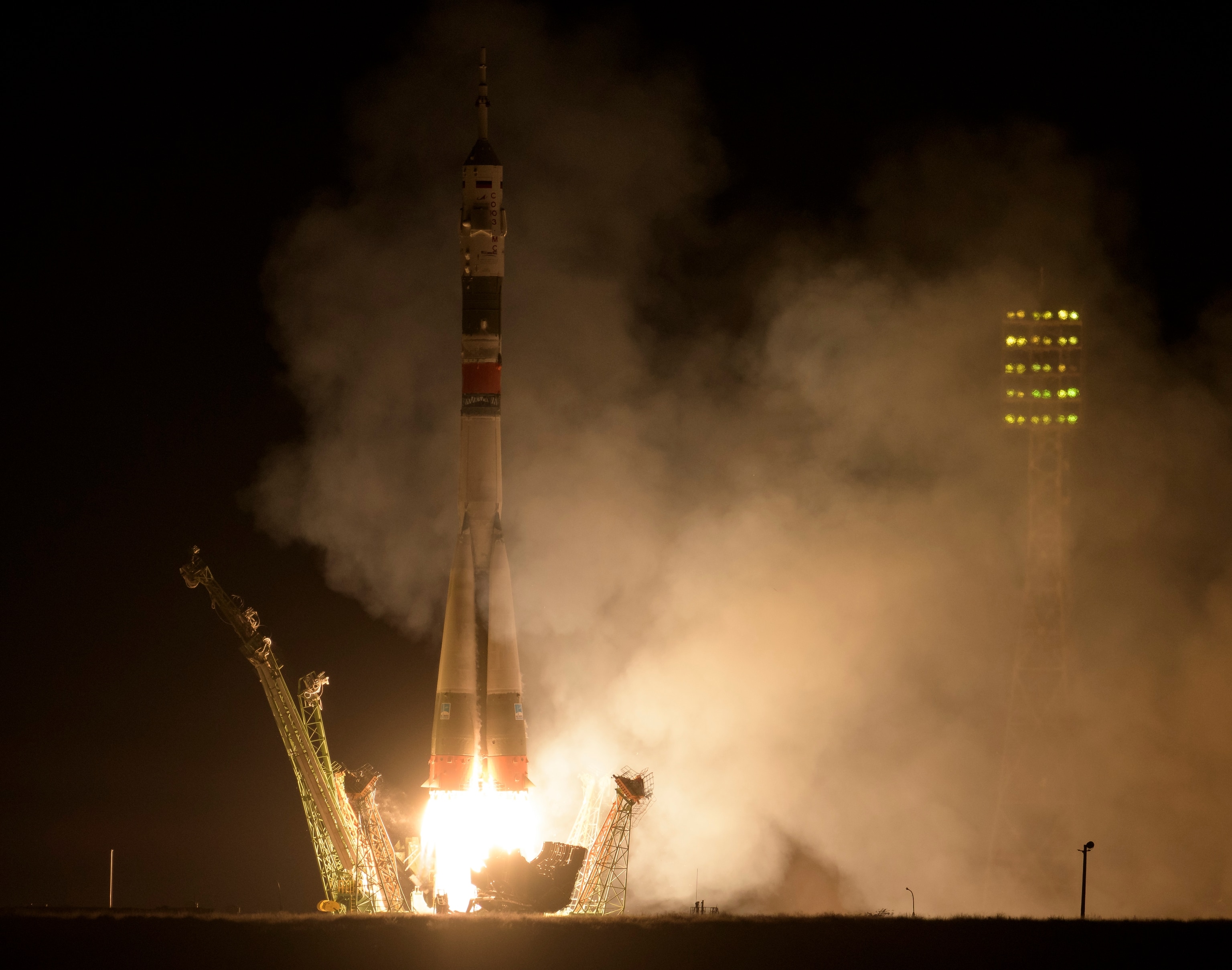
AlNeyadi says he followed everything from mission control.
“When the mission was coming to an end and everyone was excited after a week of action on the space station, we were ready to welcome Hazzaa home.
“It was a great moment to see his big smile sitting with the rest of the crew - he was happy and excited. The biggest and most proud moment for me was seeing him covered with the UAE flag.”
Asked if he would like to go on the next mission, AlNeyadi is humble.
“It depends on the mission you need train for that mission and then according to your readiness and evaluation they will choose the best,” he says.
“We are looking for new missions,” says AlMansoori. “My preference is for longer missions doing EVAs (extravehicular activity) and going to the Moon.”
“Whatever happens in the future, the UAE and MBRSC will contribute,” he says
And if the veteran astronaut dreamed about Earth when he was in orbit, now that he’s back on terra firma, does he dream about space?
“All the time,” he says. “I have only to close my eyes and I’m back up there.”
Discover more about the UAE’s Mohammed Bin Rashid Space Centre and their planned space missions on our Reach for the Stars content hub.




